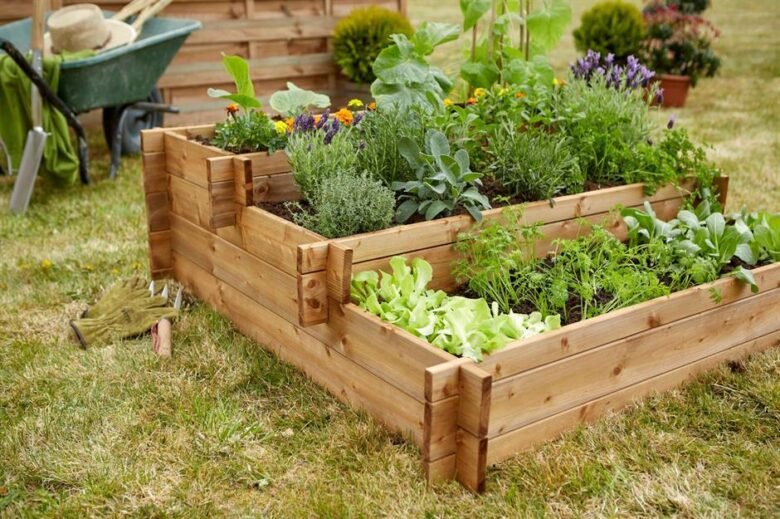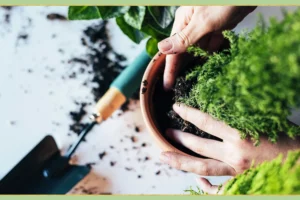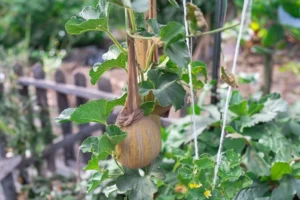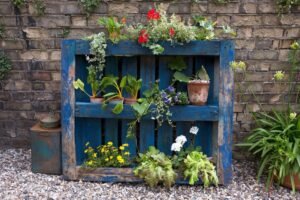Start gardening like an experienced pro with these helpful hacks and tips from professionals! Starting a garden may seem intimidating at first, but with just a few key tactics at your fingertips you’ll soon become a master gardener in no time!
If rabbits or mice are nibbling at your vegetable plants, use plastic forks as deterrents by inserting them tine-up into the ground. Eggshells can also add calcium and organic matter by being crushed before being added into compost bins.
1. Build a raised bed
Raised beds offer many advantages to gardeners when it comes to growing plants successfully. Their ease of upkeep makes them great ways of maintaining soil quality for healthy plant development, which is vitally important.
When creating a raised garden bed, ideally it should be at least four feet wide, though larger is preferable. This will enable you to reach into its center from both sides for easy weeding, planting, and maintenance tasks. Furthermore, making long raised beds will increase how much food can be grown from them.
Before beginning construction, take a tour around your backyard and observe where the sunlight falls at different times of day, this will allow you to find an optimal spot for placing raised beds to take full advantage of natural lighting. Consider environmental factors which could impact their finished beds such as runoff in heavy rainfall or the presence of sand or gravel in soil which prevent drainage; additionally if your area is susceptible to furry nibblers such as deer and raccoons it’s also wise to include fence planning when designing raised garden designs – fencing may even save space while protecting plants!
2. Create a trellis
Trellises add an elegant touch to any garden. Not only can they beautify raised beds or exterior walls, but trellises also allow plants to grow vertically and are great for keeping foliage out of your way!
Your trellis can be made out of any frame, wire, or netting material; however, wood is often the superior option as it offers natural looks while offering superior moisture resistance. Furthermore, treating or staining it will further protect it against environmental elements.
Trellises are essential tools in growing vegetable crops such as pole beans, peas, squash and cucumbers as well as flowering vines such as clematis. Not only are trellises great additions to a Straw Bale Garden but they can be equally valuable when gardening with soil alone. If you plan on planting vineing veggies or flowers that require support like clematis trellises can save money over time while making harvesting easier! By investing early you’ll save both money and have an easier harvest when harvest time comes around allowing greater yield from your efforts!
3. Add mulch
Mulch is an essential component of garden planning for vegetables or flowers alike, providing shade during hot days, protecting soil from evaporating in direct sunlight, and decreasing weeds while adding essential nutrients and improving soil structure.
Organic mulch materials make for the best choice when it comes to vegetable gardens, including compost, grass clippings, shredded leaves, straw and bark. These organic options break down quickly to feed the soil quickly while inorganic materials such as rock or rubber will not add any extra nutrients but remain longer-term and better at suppressing weeds.
Nature’s most famous form of mulching is “duff,” the layer of leaves, branches, and debris collected on forest floors that decomposes into nutrients for enriching the soil as it decomposes. A layer of 5-8cm mulch can similarly help conserve soil moisture levels while regulating temperatures and decreasing weeds – leaving more time for fun gardening activities! Before applying any form of mulch, be sure to clear away weeds and loosen up soil surface. If necessary, add moisture by watering thoroughly prior to adding another layer of mulch on top.
4. Plant your seeds
No matter if it’s vegetables, flowers or cannabis – seed planting sets the stage for success in any garden. By sowing at an optimal time and spacing them according to your plan as well as managing potential challenges such as diseases or pests; you ensure healthy plants with strong roots that produce abundant harvests.
Going the seed route instead of purchasing young transplants or starts from your local garden center can save money and provide a wider variety of varieties than purchasing young transplants or starts from them. But starting them yourself inside can seem intimidating for first-time growers.
Gardening hacks exist to make this task simpler! Use a fan to generate gentle airflow around your seedlings, simulating outdoor breezes and encouraging thicker stem development (thigmotropism). Also try lightly brushing them a few times each day using your hand. Use any container that holds soil–from old salad bar clam shells and milk cartons to new seed-starting trays equipped with domes that act like mini greenhouses!
5. Water your plants
Giving your plants enough water is of vital importance for their wellbeing. Excess watering can kill plants just as rapidly as under-watering does, making it essential that we follow this practice correctly.
To water properly, be sure that you’re providing sufficient hydration to the roots rather than only the leaves. To do this, dig down with a trowel or your finger and feel the soil; if it feels dry three or four inches below the surface, water needs to be provided immediately.
Keep the weather in mind when planning your garden: bright sunlight will speed up evaporation while cool, cloudy days slow it down; additionally, dry nights reduce evaporation rates significantly.
Make use of rainwater to water your garden. Doing this requires creating or using existing containers such as buckets with spigots to collect rain. Rainwater contains natural nutrients that benefit plants while saving on your water bill! It will even save money!




